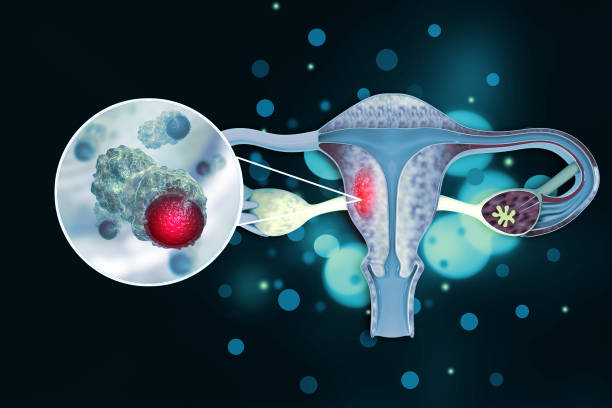Cervical Cancer Treatment
Cervical cancer that is confined to the cervix has good success rate if treated on time. The farther the cancer cells have metastasized, the lower the success rate tends to be. The selection of a cervical cancer treatment option depends on the stage, size, and depth of invasion of cancer, as well as the patient’s age and overall health status.
The most common cervical cancer treatment options include:
HPV vaccine
This is more of a preventive treatment option. Getting sexually-active women enrolled in an HPV vaccination program can substantially reduce cervical cancer rates.
Surgery
Cervical cancer surgery can be used to remove cancer cells from their place of origin and the surrounding tissues. The common types of surgery used for cervical cancer treatment include:
-
Cryosurgery:
In this method, an extremely cold metal probe is placed directly on the cervix, which kills the abnormal cells by freezing them.
-
Laser surgery:
In this surgery, a focused laser beam is directed through the vagina which vaporizes abnormal cells.
-
Cervical conization:
A surgical or laser knife or a thin wire heated with the help of electricity is used to remove cancerous tissue.
-
Total hysterectomy:
This is a more invasive treatment for cervical cancer, which removes both the body of the uterus and the cervix. But structures next to the uterus such as parametria and uterosacral ligaments, vagina, and pelvic lymph nodes are not removed.
There are different ways to conduct a hysterectomy, including abdominal hysterectomy (abdomen incision), vaginal hysterectomy (the uterus is removed through the vagina), laparoscopic hysterectomy (keyhole surgery by laparoscope) and robotic hysterectomy (laparoscopy attached to robotic arms).
Radical hysterectomy:
In this type of cervical cancer surgery, the surgeon removes the uterus along with the tissues next to the uterus. The upper part of the vagina next to the cervix can also be removed. However, the ovaries and the Fallopian tubes are not removed unless there is any other medical reason to do so.
Radical trachelectomy:
In this kind of surgery, the surgeon removes the cervix and the upper part of the vagina, but not the body of the uterus. This surgery allows women to be treated without losing their ability to have children.
Radiation Therapy
This treatment for cervical cancer makes use of high energy X-rays or radioactive particles to destroy cancer cells. Radiation therapy may be given as external beam or as internal radiation (brachytherapy) to the pelvis.
Radiation therapy for cervical cancer can be used as a part of the main treatment or it can be used after surgery for cervical cancer removal. Patients are sometimes given radiation therapy with chemotherapy to further reduce the risk of cancer relapse.
Chemotherapy
This treatment makes use of anti-cancer medicines to kill cancer cells. The cytotoxic medicines used in chemotherapy enter the bloodstream and reach all areas of the body. This makes chemotherapy treatment useful for preventing cancer cells from dividing and growing in most parts of the body. Chemotherapy is often given in cycles, with each treatment period followed by a recovery time.
Cytotoxic drugs are effective in killing cancer cells but, it also damages some normal cells, which can lead to certain side effects. These side effects depend on the type and dosage of the drugs.






